Brief Summary
This course makes it super simple to create your own file server using Go and Postgres! You'll learn how to upload images and manage files in a fun and easy way.
Key Points
-
Build your own file server using Go and Postgres!
-
Understand how to upload, get, and list files effectively.
-
Learn to resize images and manage your files with ease.
Learning Outcomes
-
Build a Golang application with file service functionality.
-
Implement endpoints for file uploads and retrieval.
-
Gain hands-on experience with Postgres SQL for file storage.
About This Course
Go: the Great Stack for fileservice Services
This course will help you to build your fileserver, where you can post your own images. You can define the data
model of your Go applications using structs. This course shows you how to build fileserver application with sql database Postgres.
This course covers the following:
Creating golang application
Adding endpoint for get, upload and list all files
Get from server file by name
Storing names of file in the database
Upload files by using postman
Resizes images
The Go programming language can be simply described in three words: simple, minimal, and pragmatic. If you look deeply into the language design of Go, you see its simple and minimalistic approach, coupled with a pragmatic design. You can observe this simplicity with all the Go language features, including the type system. Today, many programming languages provide too many features that make applications more complex for developers. The design goal of Go is to be a simple and minimal language that provides all the necessary features for developing efficient software systems.
What are the requirements?
A familiarity of programming in Golang.
A familiarity of Linux or OSx
A familiarity of Postgres SQL
What am I going to get from this course?
What is the target audience?
Programming backend server for resizing ad storing image files
Saving files to Postgres SQL database
Getting and string files by using endpoints which created in backend by Golang


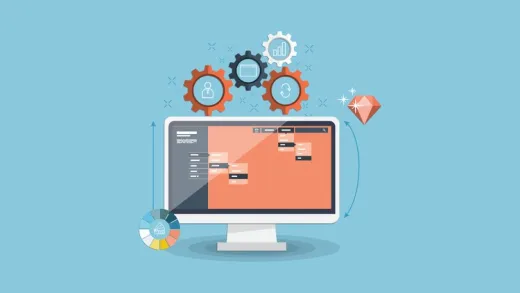
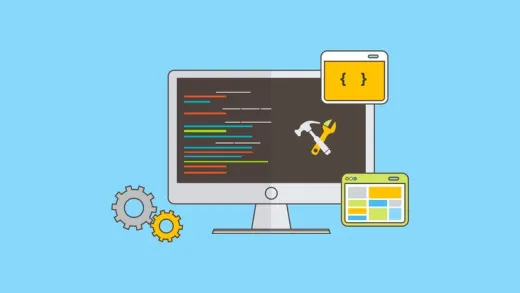

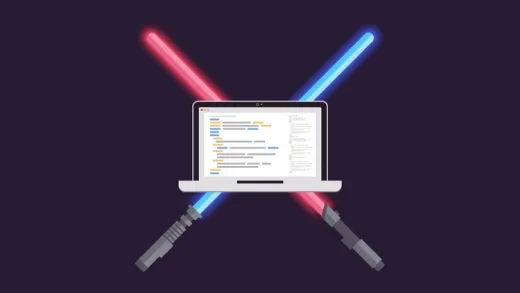
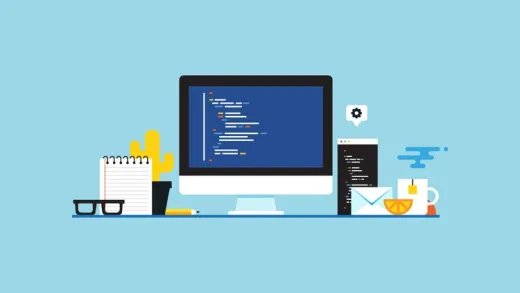
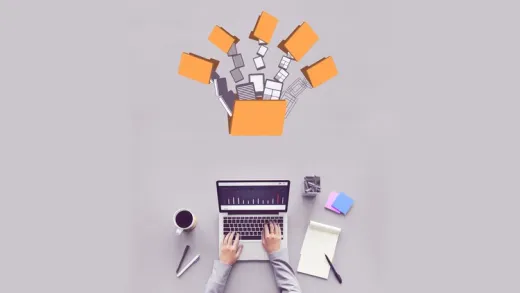

Doug B.
Lots of code not a lot of explanation.